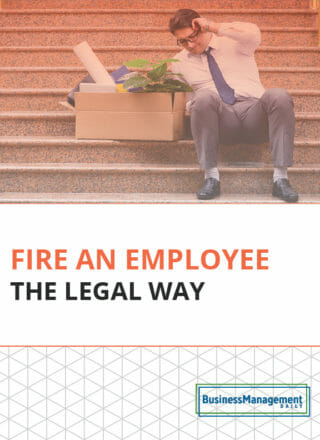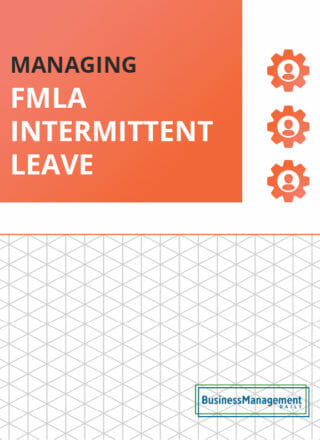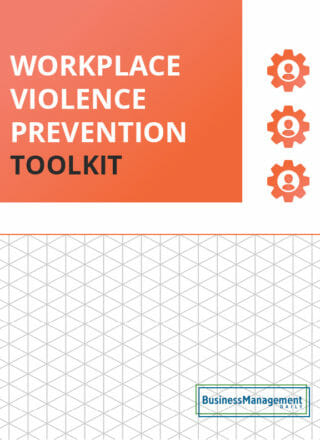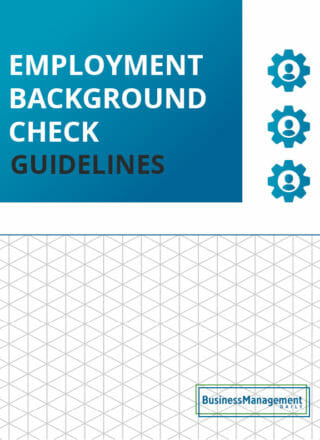Termination meeting should include open door, easy exit
Even when someone has broken company rules and clearly deserves to be fired, terminating an employee is one of the toughest tasks managers and HR pros must tackle. Emotions naturally run high on both sides. How you conduct the actual discharge may mean the difference between a lawsuit and a smooth, litigation-free termination.
The setting for the discharge meeting can be crucial in preventing an unexpected charge—false imprisonment. To avoid unfounded false imprisonment charges, make certain termination meetings are private, yet open. Allow the employee to sit by the door, with nothing blocking her exit. Then proceed in a calm manner, avoiding raised voices and dramatics.
Because the employee is likely in a heightened emotional state, she may perceive merely forceful statements as yelling and a blocked exit route as imprisonment. If she files a false imprisonment charge, you want to be able to describe a calm termination meeting. It also helps to have a witness and use a location that’s private yet accessible so employees outside the room will be able to testify that there was no yelling or screaming going on.
Recent case: The Franklin County Court of Common Pleas fired Peggy Ripley from her job as an administrative assistant for allegedly falsifying time records. She said her boss instructed her to accumulate compensatory time so she could work on his reelection campaign during work hours and still receive full pay.
One day, Ripley sent an e-mail telling payroll to credit her for a full day of work and then left for a campaign event. The court’s chief of staff found out and called Ripley into a meeting in the conference room. Ripley said the chief of staff screamed at her, pounded on the table and told her she couldn’t leave until she resigned. She did resign—and then sued for false imprisonment.
A lower court dismissed Ripley’s case, and the Court of Appeals of Ohio upheld the ruling. The court concluded that she had been free to leave and that merely yelling wasn’t enough to constitute false imprisonment. (Ripley v. Montgomery, et al., No. 07AP-6, Court of Appeals of Ohio, 10th Appellate District, 2007)
Managing the discharge meeting
There’s a right way and a wrong way to discharge an employee. Here’s the best approach:
- Do meet face to face. Unless there is a compelling reason (such as the danger of violence), it’s best to discharge an employee in person if the employee is still working. If the employee is home on leave or suspension, a telephone call may be feasible.
- Do stress the finality of the decision. This is not the time to let the employee explain her side—that should have been done earlier. Explain that the decision is final.
- Do consult your attorney first. How you explain a termination may make the difference between a lawsuit and an amicable split. Legal counsel can review your discharge rationale and suggest the appropriate explanation.
- Don’t create a spectacle. Instead, choose a private yet accessible location, bring a witness and act with dignity. This is no time to make an example of the employee.





